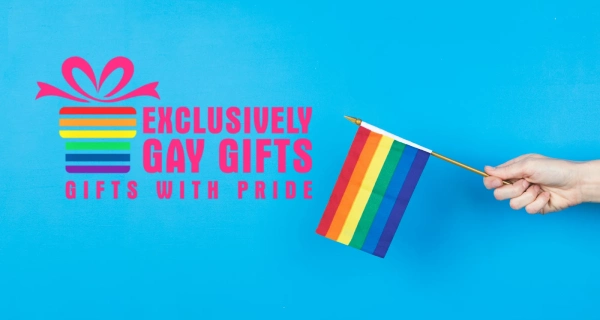
Straight-gay sex, or "heteroflexible" sex, refers to sexual activity between heterosexual people and homosexual people. Hetero-flexibility is a term used to describe individuals who engage in all aspects of heterosexual sexual relationships but also express physical and emotional attraction to members of the same gender. This may include a person who identifies as heterosexual but occasionally participates in activities that are generally perceived as “gay” by society – such as bisexual activity, gay clubs or dating online. It can also refer to an individual who routinely engages in sexual activities with both sexes, but does not necessarily considering themselves as bisexual or gay. Sexuality can be complicated, and there’s no one-size-fits-all definition for it - straight-gay sex simply allows for a more broad definition of what it means to be sexually attracted or active with someone of the same gender.
Introduction to Heteroflexible Sex: Exploring Straight-Gay Interactions
Straight-gay sex is a term used to describe sexual encounters between individuals who identify as heterosexual but engage in sexual activities with individuals of the same gender. This type of sexual behavior is not uncommon and can occur for a variety of reasons, such as curiosity, experimentation, or simply a desire for physical pleasure.
It's important to note that engaging in straight-gay sex does not necessarily mean that a person is gay or bisexual. Sexual orientation is a complex and fluid concept, and individuals may experience different levels of attraction to people of different genders at different times in their lives.
It's also important to practice safe sex and communicate openly with sexual partners about boundaries and expectations. Consent is key in any sexual encounter, and both parties should feel comfortable and respected throughout the experience.
Understanding the Reluctance Towards Straight-Gay Sex
It's important to understand that not everyone is comfortable with the idea of straight-gay sex. This reluctance can come from a variety of factors, including societal norms and personal beliefs.
One reason for this reluctance may be a lack of understanding or exposure to the LGBTQ+ community. Some people may have never had the opportunity to interact with someone who identifies as LGBTQ+ and may not fully understand or accept their sexual orientation.
Additionally, some people may hold religious or cultural beliefs that view homosexuality as immoral or wrong. This can cause discomfort or even fear towards the idea of engaging in any sexual activity with someone of the same gender.
It's also important to acknowledge that some individuals may simply not be attracted to people of the same gender, regardless of their sexual orientation or gender identity.
Overall, it's important to respect everyone's boundaries and personal beliefs when it comes to sexual activity. Consent and mutual respect should always be a top priority in any sexual encounter, regardless of the sexual orientation or gender identity of those involved.
Overview of Scientific Studies on Sexual Identities and Attractions
There have been numerous scientific studies conducted on sexual identities and attractions, including those related to straight and gay sex. One of the most prominent theories is the Kinsey Scale, which suggests that sexual orientation exists on a continuum rather than as a binary category of heterosexual or homosexual. This theory suggests that individuals can have varying degrees of attraction to both sexes, and that sexual orientation can be fluid and change over time.
Other studies have focused on the biological and genetic factors that may contribute to sexual orientation. For example, some studies have found that there may be a genetic component to homosexuality, although the specific genes involved have not yet been identified. Other studies have looked at brain structure and function, and have found differences in the brains of gay and straight individuals.
It's important to note that sexual orientation is a complex and multifaceted aspect of identity, and that there is no one-size-fits-all explanation for why some people identify as straight and others as gay. Ultimately, it's up to each individual to determine their own sexual identity and attractions, and to express those in ways that are authentic and fulfilling for them.
Examining Different Terms Related to Straight-Gay Sex
When it comes to the topic of straight-gay sex, there are a lot of terms that can be confusing or misunderstood. It's important to understand these terms so that we can have productive and respectful conversations about sex and sexuality.
One term that's often used is "heteroflexible." This refers to someone who identifies as straight but is open to sexual experiences with people of the same gender. It's important to note that heteroflexibility is not the same as bisexuality, as someone who identifies as bisexual is attracted to both genders to some degree.
Another term that's often used is "homoflexible." This refers to someone who identifies as gay but is open to sexual experiences with people of the opposite gender. Like heteroflexibility, homoflexibility is not the same as bisexuality.
Other terms that may come up include "bicurious" (someone who is curious about having sexual experiences with people of the same gender), "pansexual" (someone who is attracted to people of all genders), and "queer" (an umbrella term that can encompass a wide range of identities and experiences).
It's important to remember that these terms are not set in stone and can mean different things to different people. The most important thing is to approach these conversations with an open mind and a willingness to learn and understand.







